Wandering down Kelly Street today with its quaint little cottages, it is easy to imagine living there in the 19th century. The street is named after James Kelly, an energetic adventurer, who circumnavigated the island in 1816 in an open 5-oared whaling boat, naming Port Davey and Macquarie Harbour on the West Coast. A skilled seaman and successful whaling entrepreneur, Kelly became both Pilot and Harbourmaster for the Derwent in 1819.
Until the 1830s, whale oil was the most valuable commodity exported from Hobart and the industry employed shipwrights, sailmakers, ship chandlers, coopers making barrels, smiths, wharf labourers, watermen ferrying cargo to and from the ships, pub owners and lodging house keepers. Workers needed to live close to their jobs and in 1834, Kelly subdivided his land in Battery Point into small allotments for workers’ cottages. Kelly’s Steps created easy access to the waterfront.
Life here was tough. Families were large, often two generations lived in one cottage and money was tight. Small grocery shops and schools were scattered around the area. A private school run by a Miss Hogg operated in the 1860s at Number 34. Number 33 was a little grocery store operated by the wife of James Merchant, previously a mariner who turned to boatbuilding after injury prevented his return to sea. Women often supplemented the family income by taking in washing and sewing or by doing processing work in the various fruit preserving, canning and juicing enterprises scattered around the waterfront.
… We went up and down Kelly’s Steps a fair bit. It used to be frightening at night time running up and down there and of course there was a lot of murders going on in those days…
Listen
There were eight in the family, four boys and four girls …
My father had a job at the Marine Board as a Petty Officer. He used to operate the bridge, you know, through Constitution Dock. All the little boats would come in and out … Press the button, it goes up. Press the button, it comes down.
I remember on Sundays we used to take his Sunday roast down to him for his lunch. We’d have church in the morning, go home for a cooked lunch. We’d have a cooked tea as well. …
[We went up and down Kelly’s Steps a fair bit.] It used to be frightening at night time running up and down there and of course there was a lot of murders going on in those days … I remember the murders, I can’t tell you who, but I remember the murders happening down there. Even in Princes Park, we had a few murders there too … .
– Lynn Bluett talking about his childhood in the 1950s
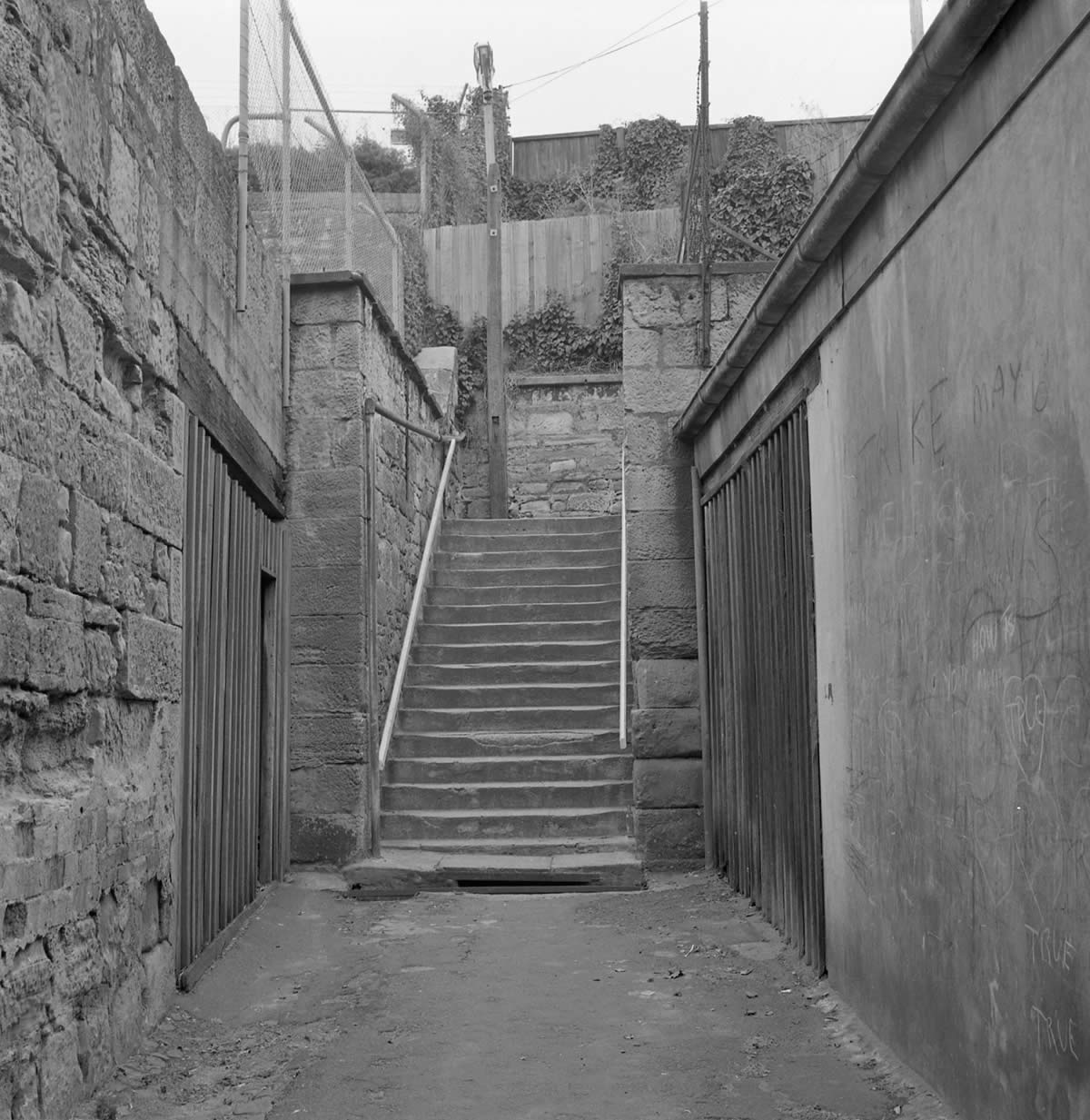
Kelly’s Steps from Salamanca Place c1960s
You can just imagine a parent singing out ‘go and get a billy of scallops from the fish punt’ and some child would scurry down the steps to collect a family meal.
Source
Tasmanian Archive and Heritage Office AB713-1-12387
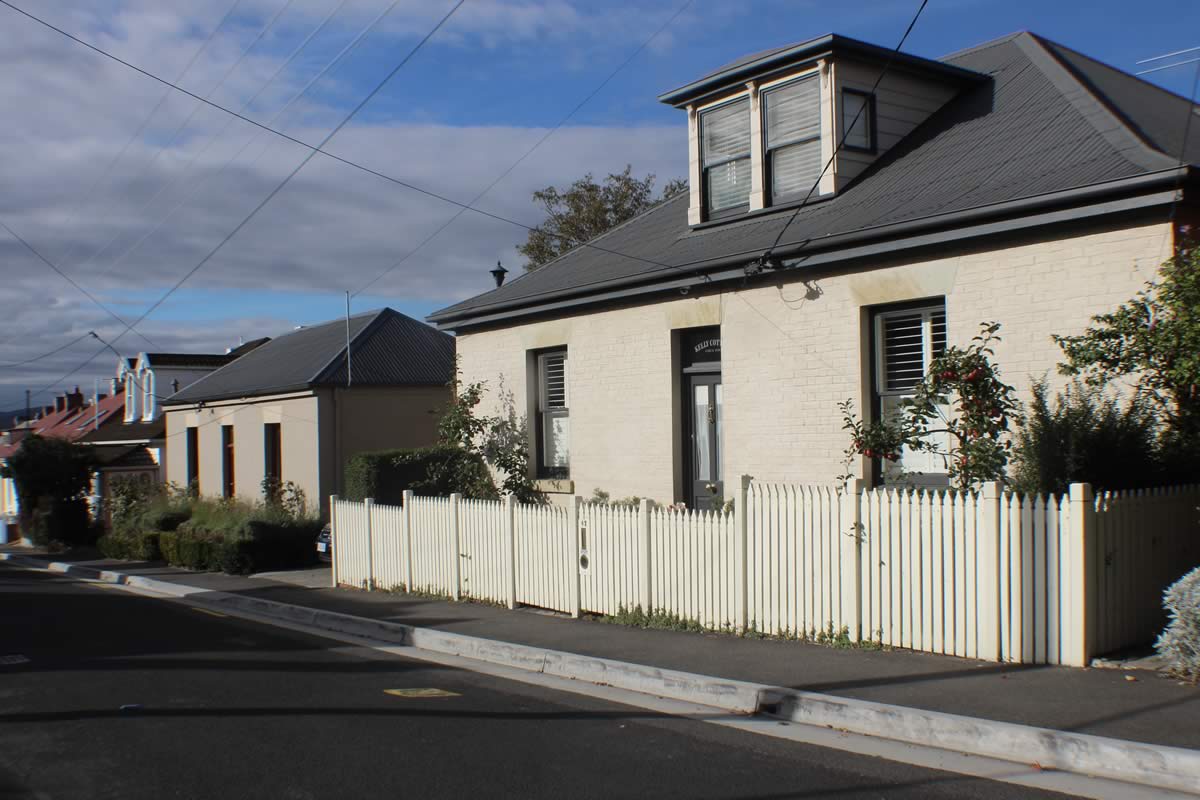
Looking down Kelly Street towards Kelly’s Steps 2015
The houses on the eastern side of the street are early Georgian workers’ cottages, built in the 1840s, whereas many of those on the western side were later Victorian dwellings built around the early 1900s.
Photo
Robert Vincent
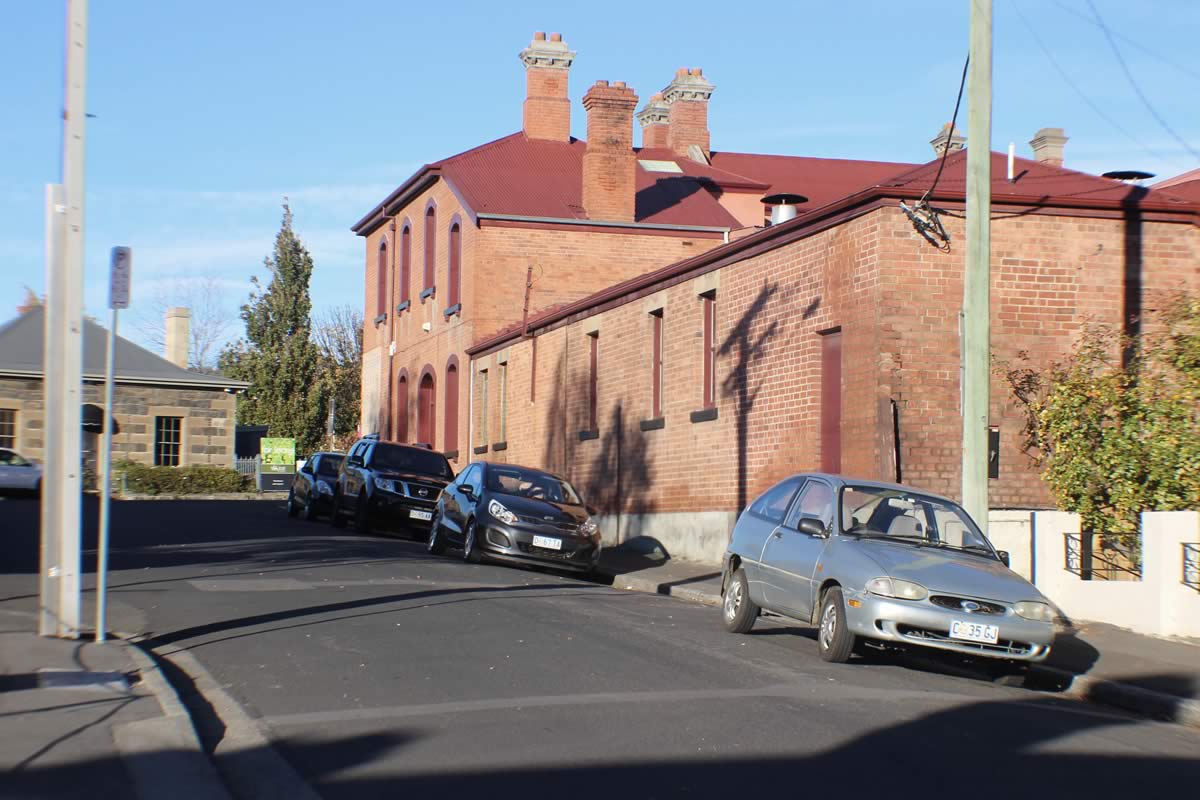
Looking up Kelly Street towards Hampden Road where Cripps Bakery once operated 2015
Battery Point was more or less a rough area. You had to pick and choose who you mixed with. You used to always hear fights up at the corner of Kelly Street – there was a phone box up there near the bakery and there were always fights going on there.
– Lynn Bluett talking about growing up in Kelly Street in the 1950s and 60s
Photo
Robert Vincent
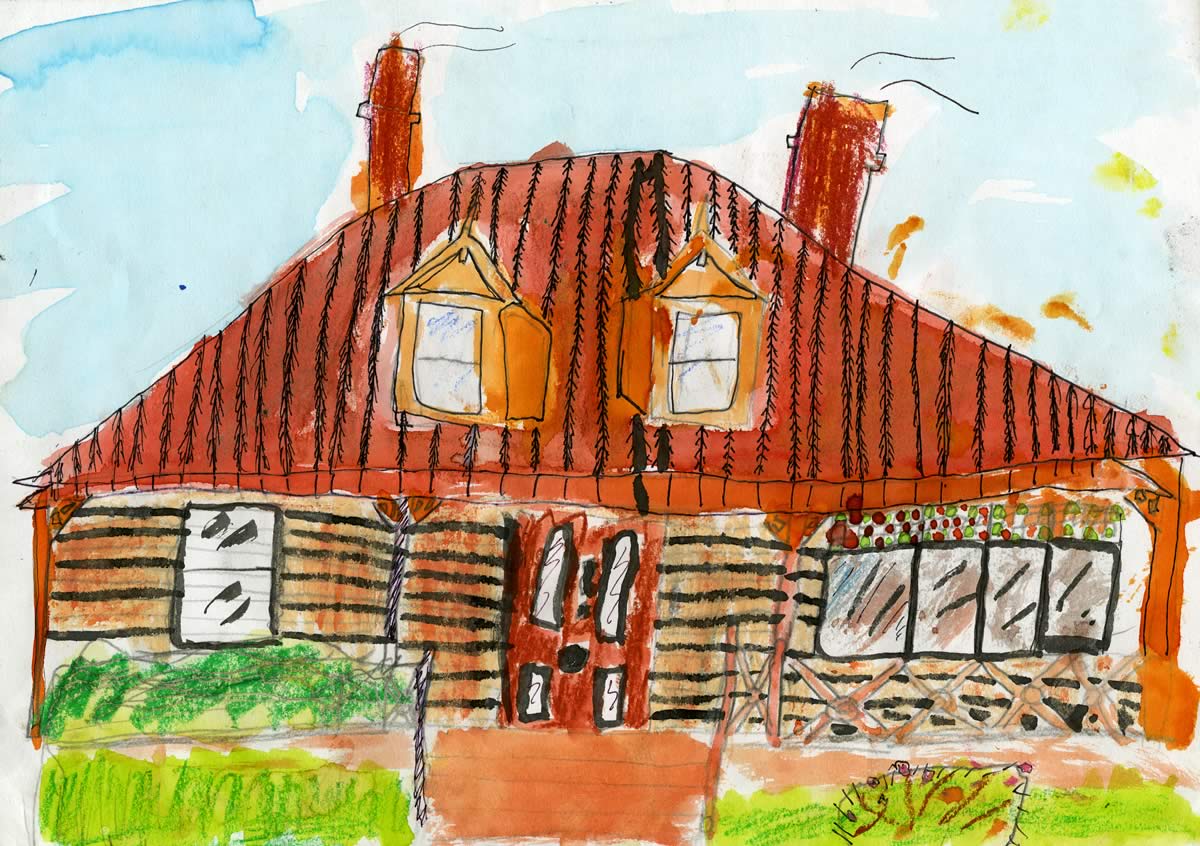
5 St Georges Terrace by Amalia (typical of cottages in Kelly Street) 2015
Source
Albuera Street Primary School

Kelly Street cottages 2015
It is interesting to contrast the architectural style of the red brick Georgian tenement cottages with the grand two-storey establishment of Narryna on Hampden Road.
Photo
Robert Vincent
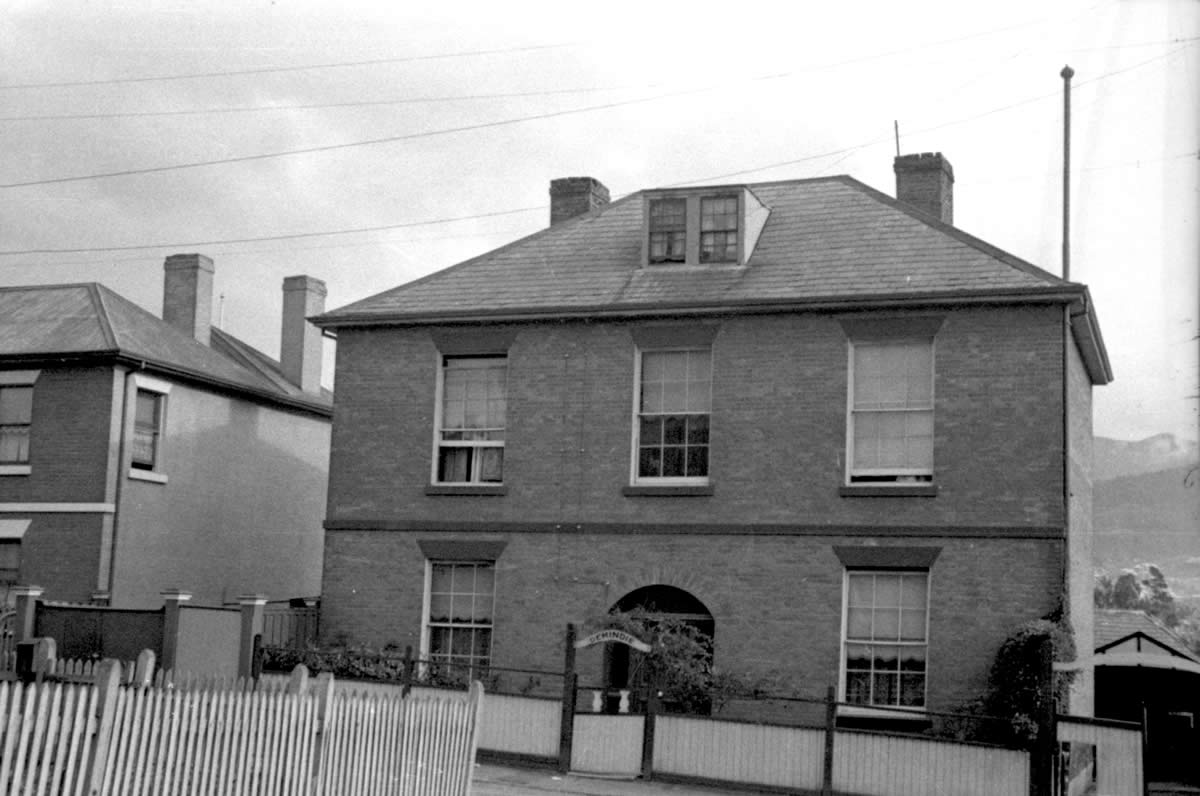
House near Kelly’s Steps c1943
Captain Kelly was the first to circumnavigate Tasmania in an open boat; he was later Harbour Master of the port.
Source
Tasmanian Museum and Art Gallery Q6082.27
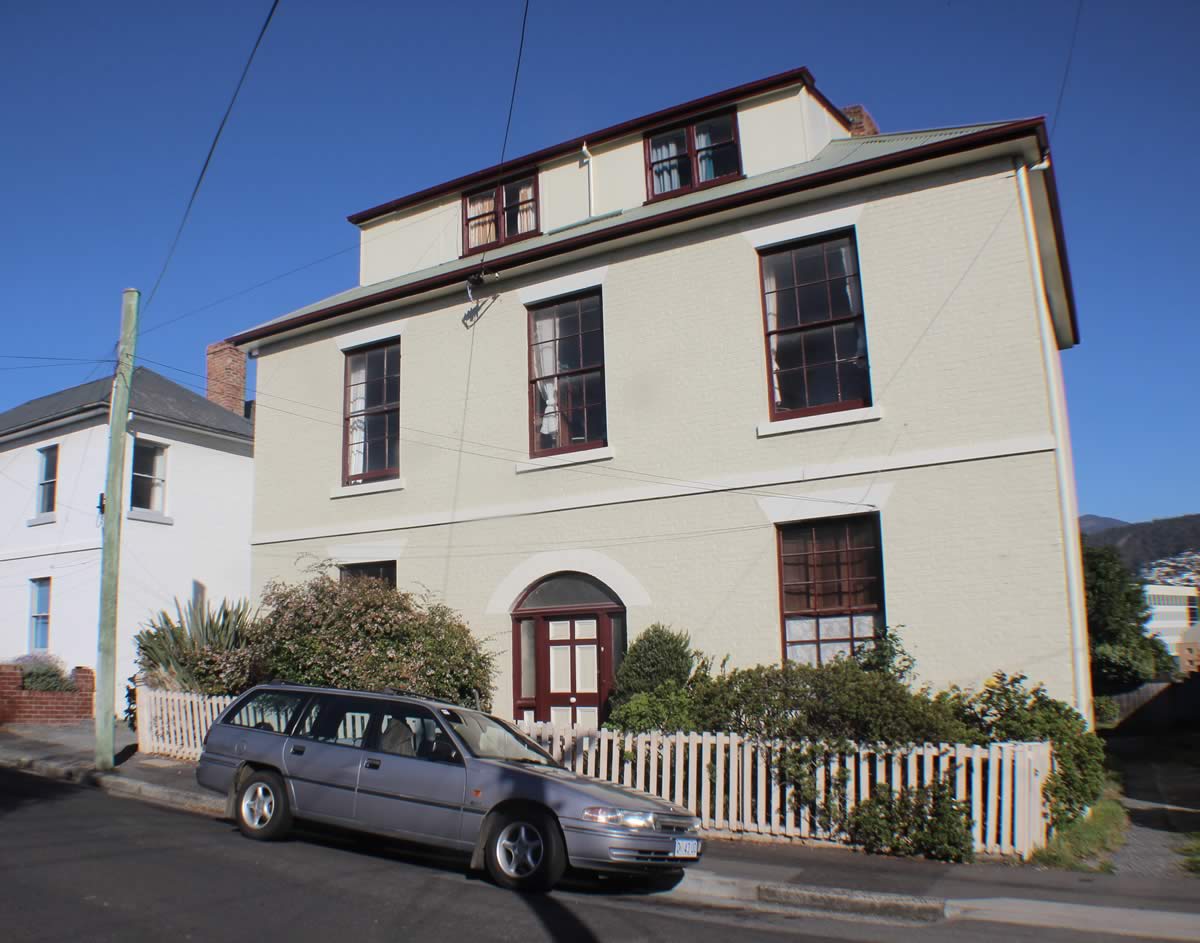
The same house as depicted in the previous photograph in 2015
Photo
Robert Vincent
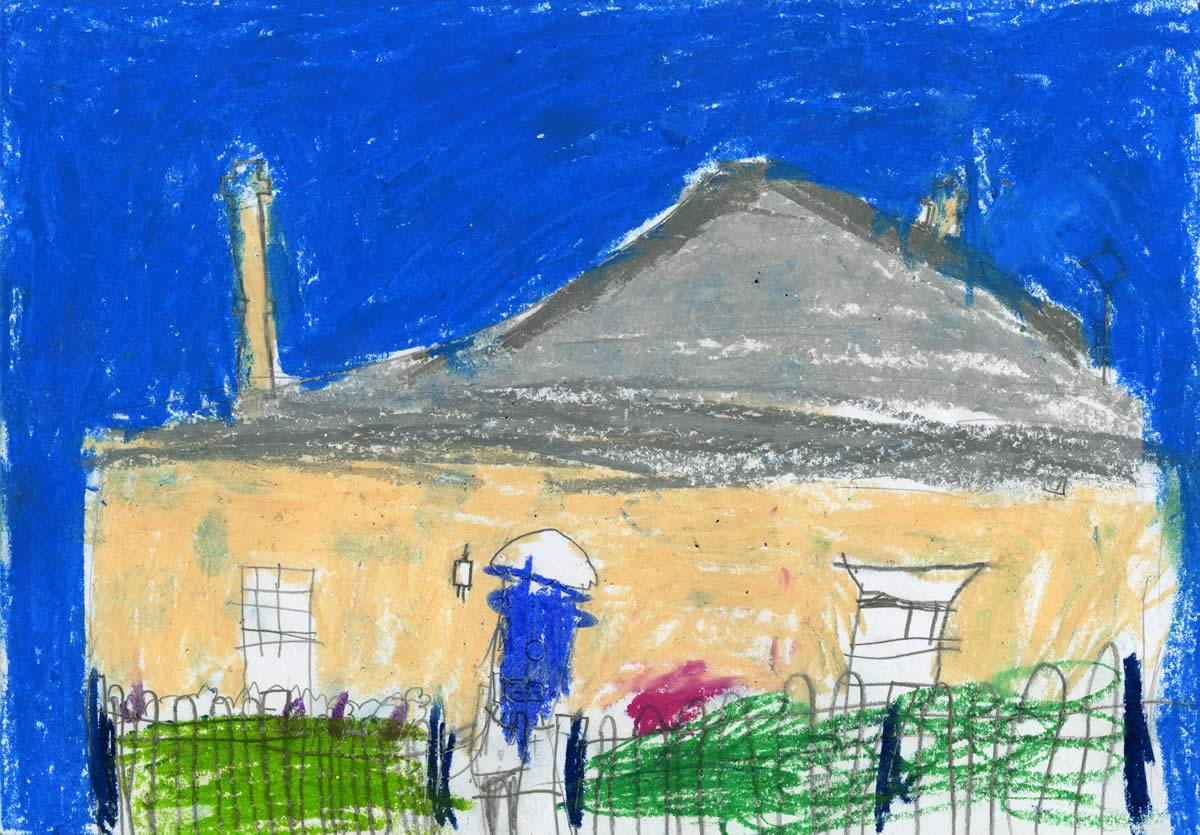
Fusilier’s Cottage as seen from Kelly Street by Ben 2015
Source
Albuera Street Primary School
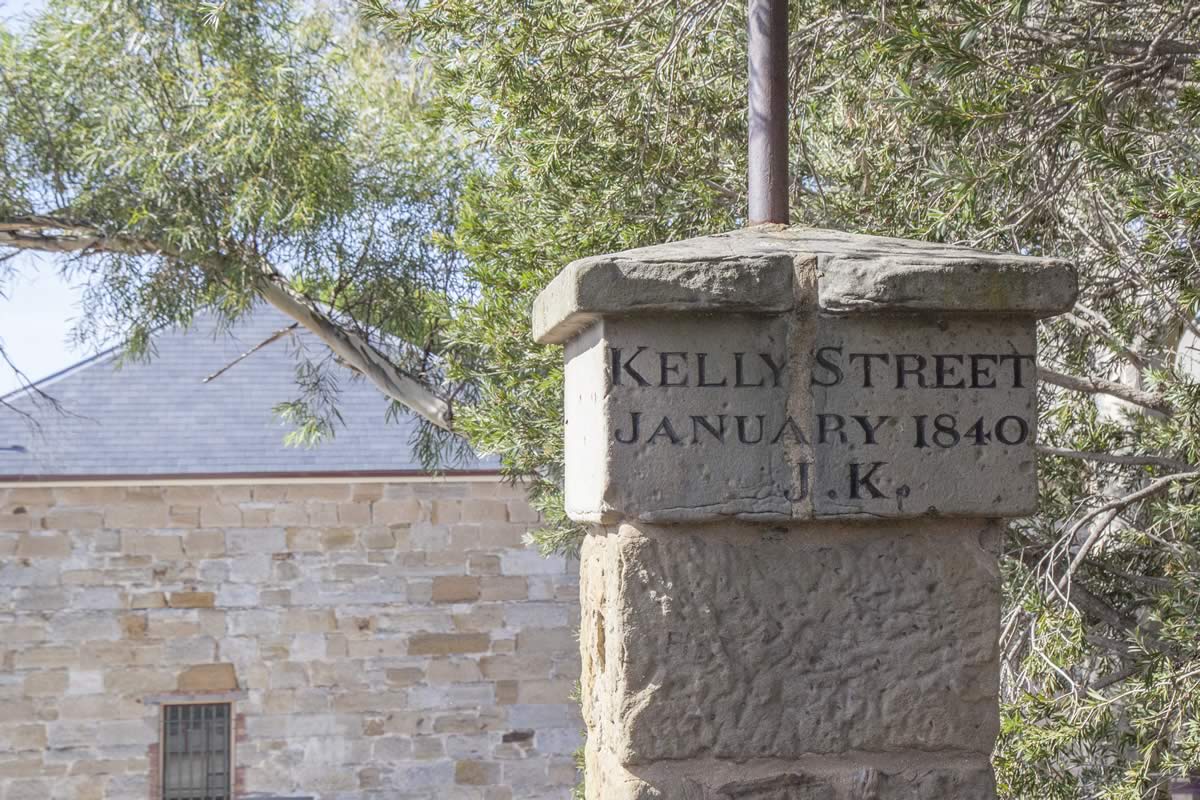
Kelly’s Steps 2015
The steps provide a quick and easy access to the waterfront for the workers of Battery Point.
Photo
Private collection

Looking down Kelly’s Steps towards Salamanca Place 2015
Kelly’s Steps were spooky to us at night time. We would go down in the dark. We would run up there and shout “Let’s go!”. There was always blood there – a lot got assaulted there.… You had to learn to run fast if you were going up there…that’s how we learnt to run I think – Kelly’s Steps and St David’s Park!
– Jan Scott talking about her childhood in the 1950s and 60s
Photo
Robert Vincent
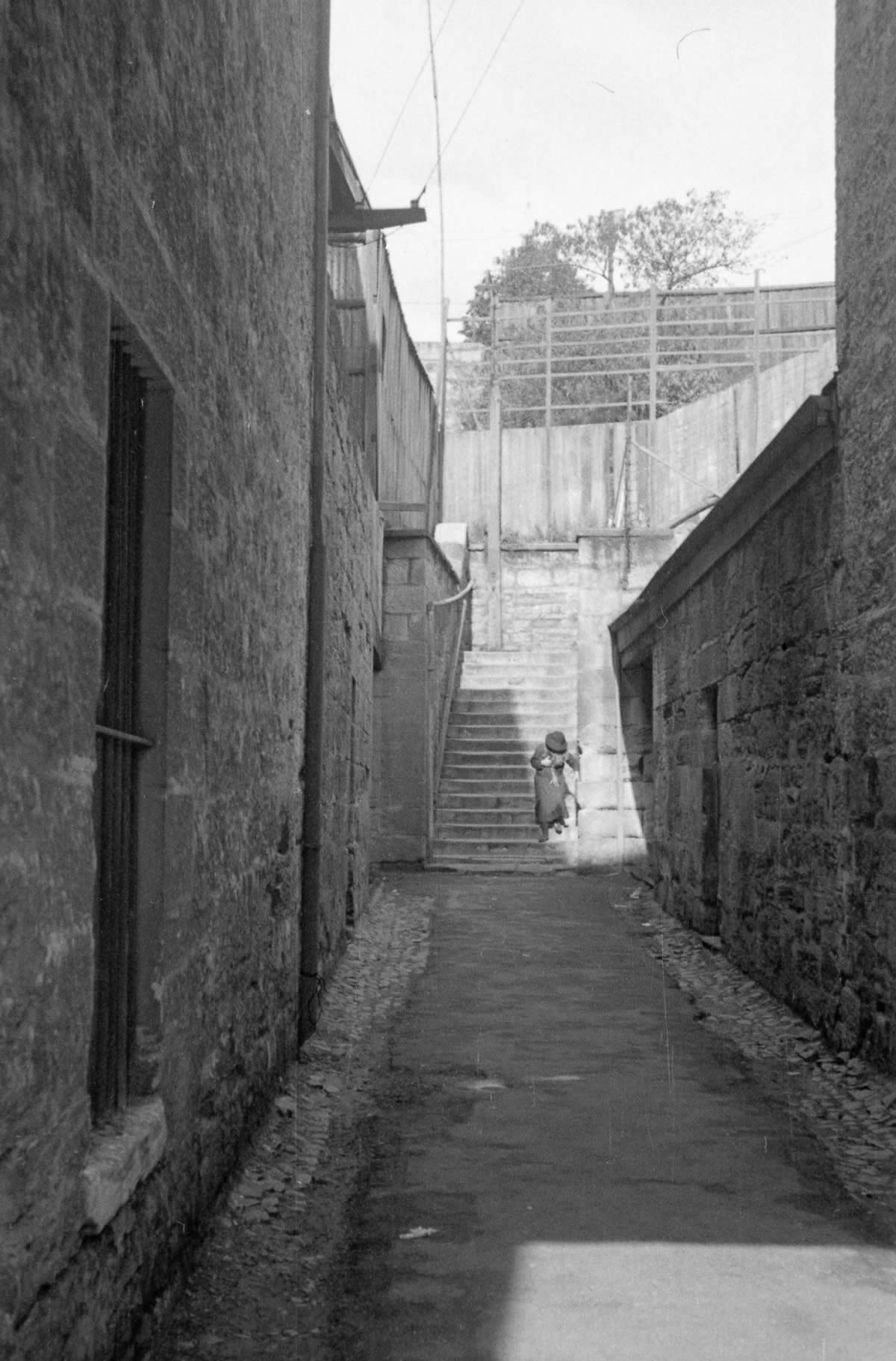
Kelly’s Steps c1930
The steps were a vital link for boatmen, seamen, sailors, workers and the women who did piece work at Peacock’s Jam Factory, Turner’s cannery or IXL.
Source
Tasmanian Museum and Art Gallery Q6082.28
